Fire Tornado
When we picture a tornado, most of us imagine a whirling column of air poking down from the clouds. But this tornado-like effect is not […]
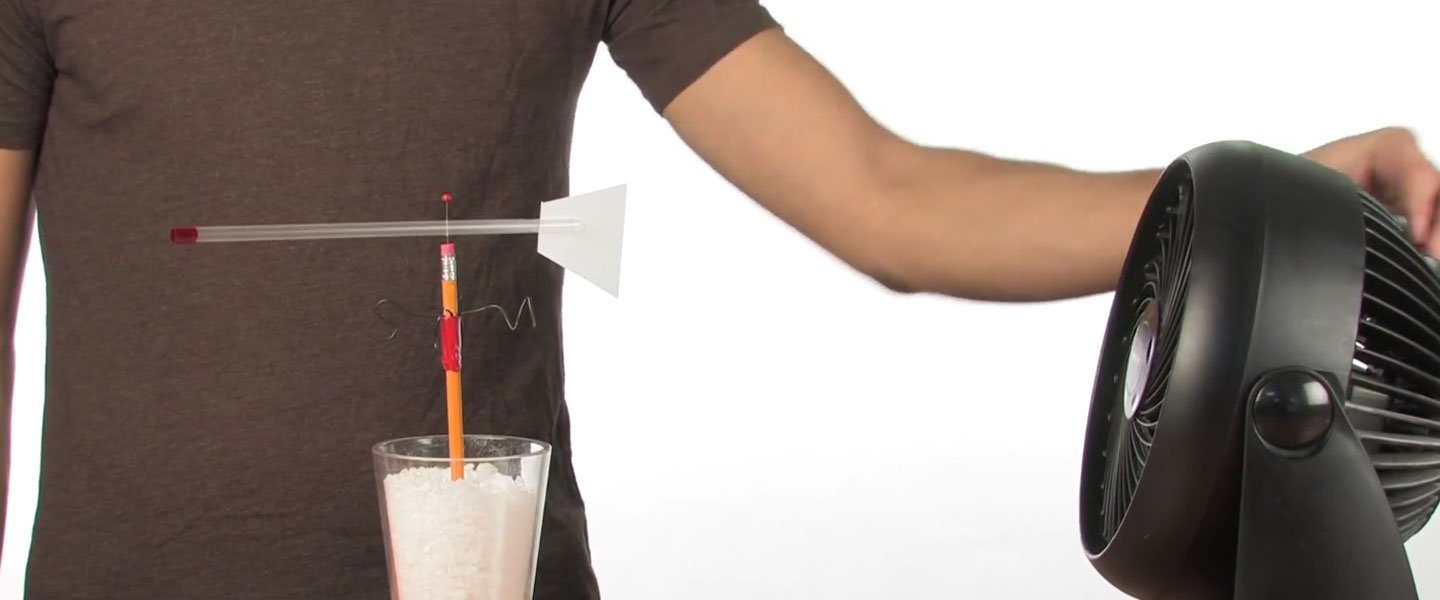
Early weathermen and women didn’t use Doppler radar or computers to forecast the weather, they relied on tools that were much more simple. Take, for instance, the weather vane. You have probably seen weather vanes atop barns, houses, or mailboxes and they are used to show wind direction. Even though weather vanes are usually made of welded metal, you can make an equally functional weather vane using supplies in your own home!
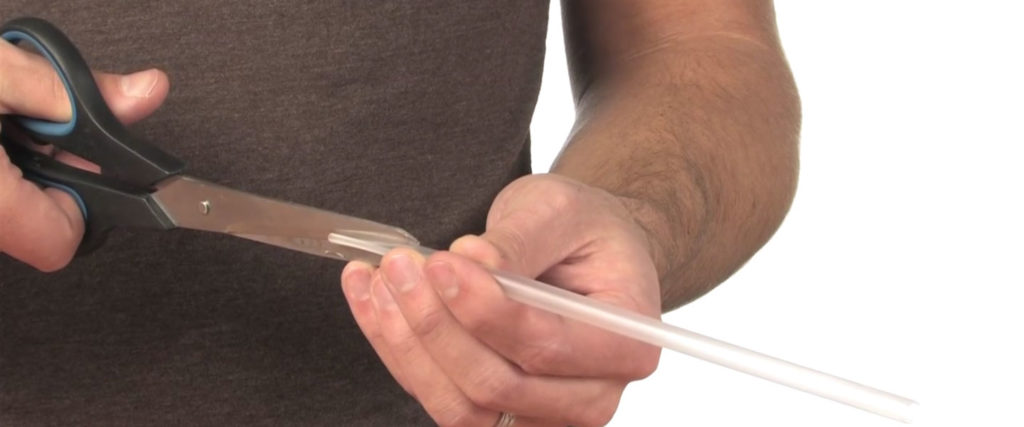
Using the scissors, cut a 1″ (2.5 cm) slit in one end of a plastic straw.
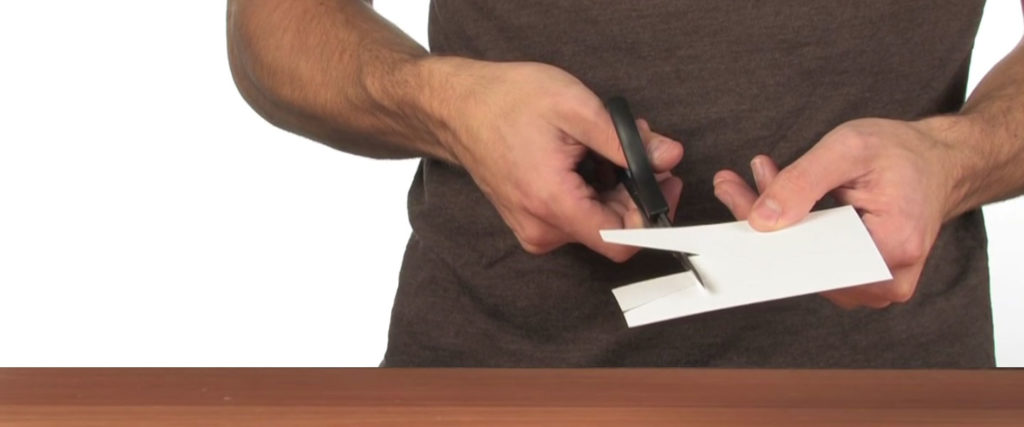
Trace a trapezoid (a triangle with the top cut off) on an index card and use the scissors to cut it out.
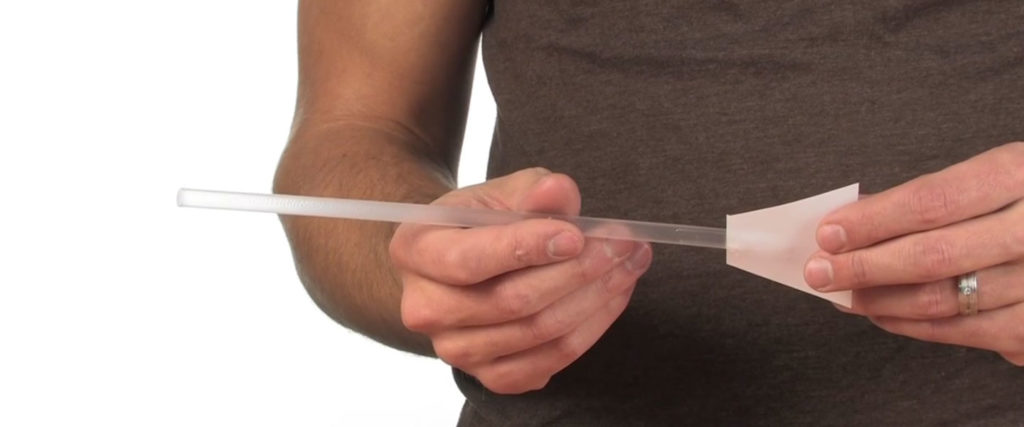
Slide the smaller side of the trapezoid into the slit that you cut into one side of the straw and glue it in place.
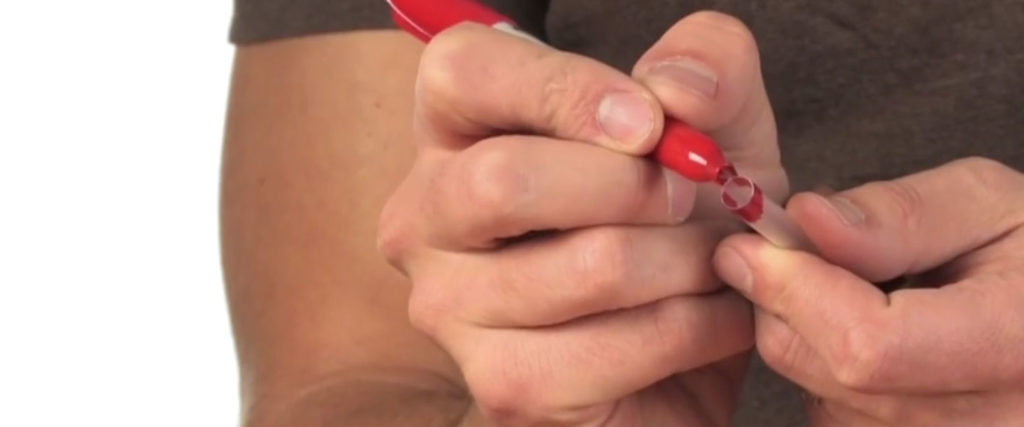
With a red marker, color the opposite end of the straw red.
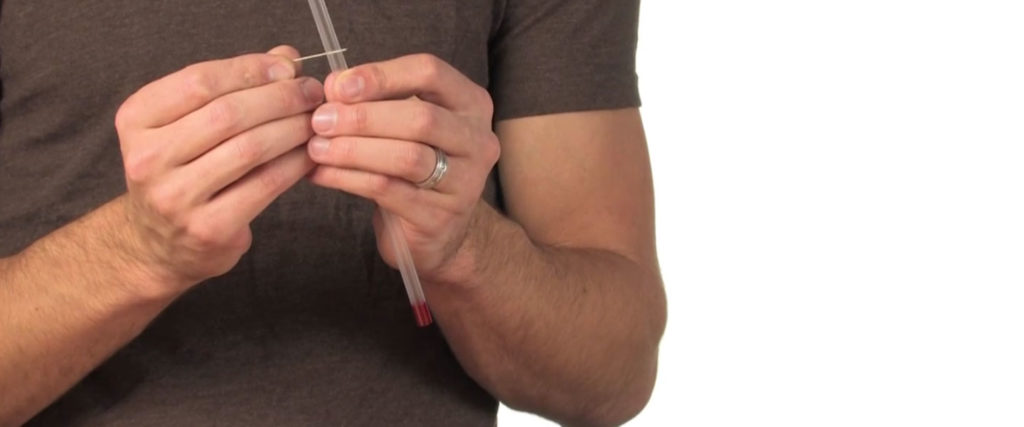
Insert a straight pin through the straw. The pin should be about 2″ (5 cm) from the trapezoid end of the straw.
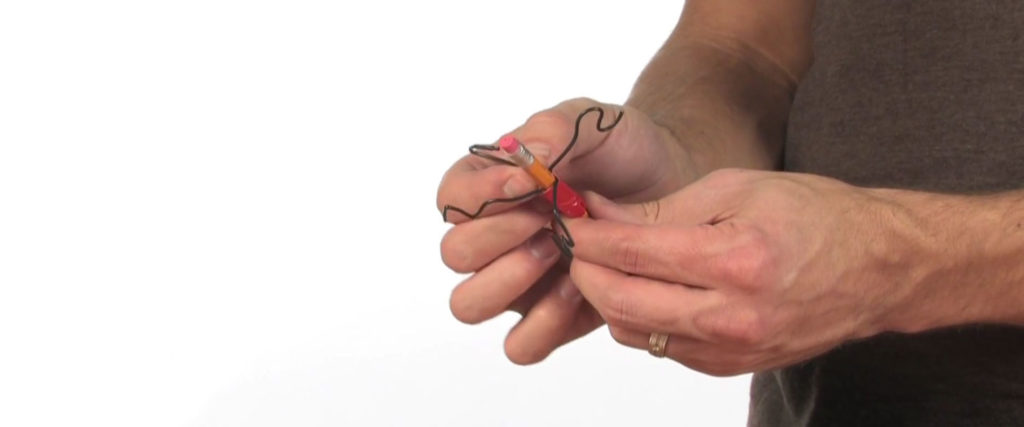
Straighten four paper clips out and, at one end, shape them into the letters N, S, E, and W. These signify the four cardinal directions. Wrap each paper clip around the pencil about 1-2″ (2.5-5 cm) below the eraser and tape them in place.
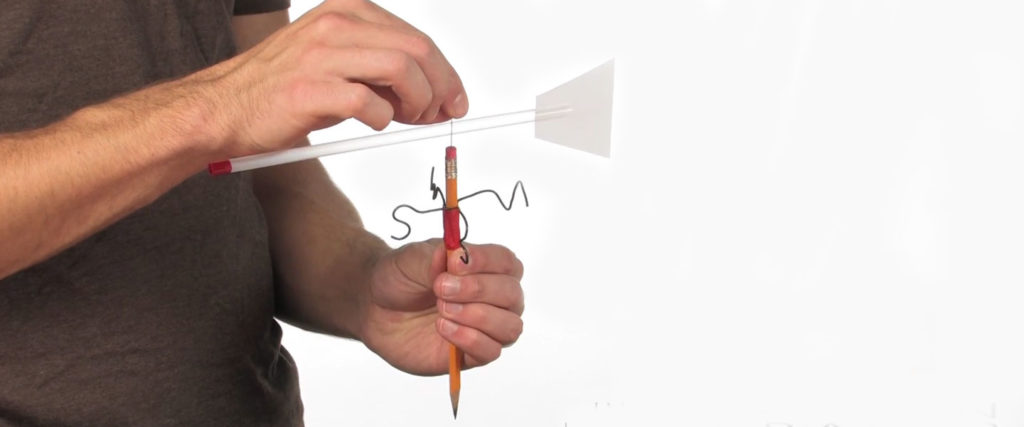
Push the pin into the eraser end of the pencil. Make sure that the straw can spin freely on the pin.
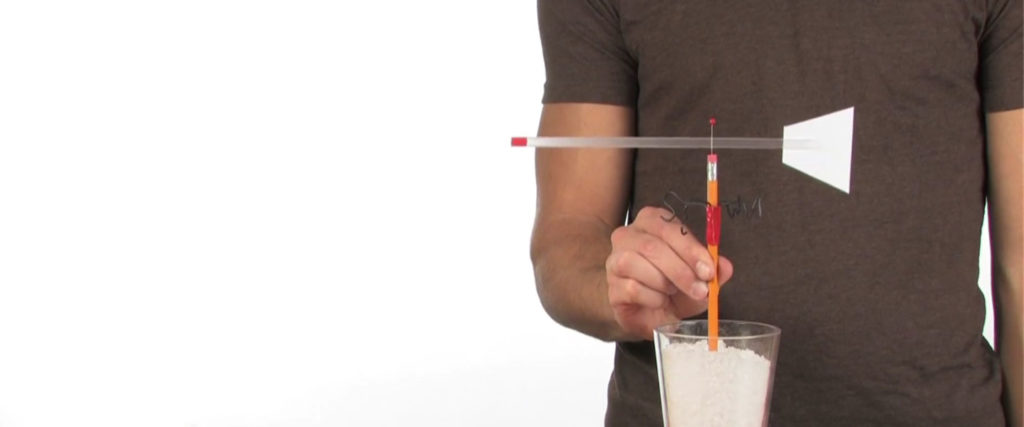
In a shallow flower pot or cup, hold the pencil so that it stands straight up. Fill the area around the pencil with dirt, rock salt, or another material similar to these items. You may need to ask a friend to help you with this step.
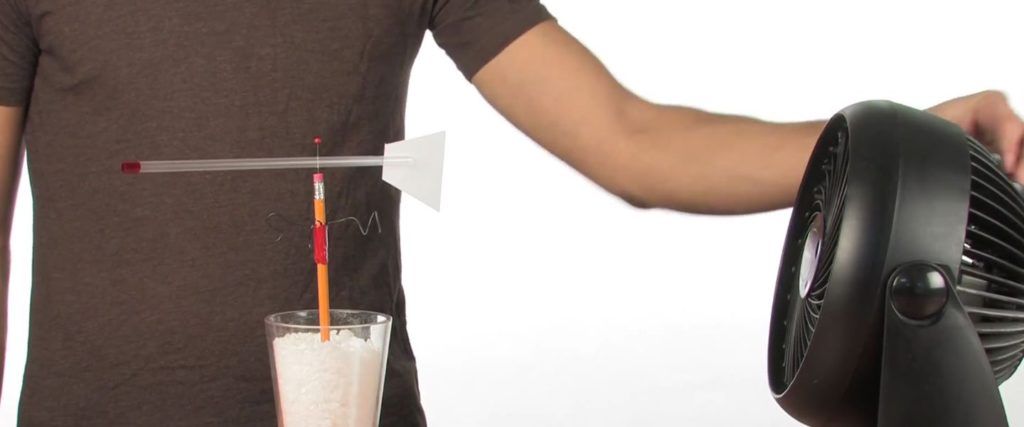
Find a place with wind (or a fan if you don’t feel like going outside) and set up your weather vane. Use a compass to make sure that your directional wires are properly set.
When wind hits the weather vane, it pushes on the larger surface. In this case, the larger surface is the end of the straw with the index card glued into the slit. As a result of this pushing effect on the index card, the other end of the straw will point into the oncoming wind. You can then say, with confidence, that a wind is “westerly” if the red end of the straw is pointing to the west, “easterly” if it’s pointing east, and so forth.
Weather vanes can be used to aid in forecasting weather. Most often, they are used alongside a barometer. However, there are a few general assessments that can be made through using a weather vane by itself. These assessments are made depending on which hemisphere (north or south) the weather vane is located in and by the wind direction.
Northern Hemisphere
• Northerly: cold weather
• Southerly: warm weather
• Easterly: precipitation
• Westerly: clearing
Southern Hemisphere
• Northerly: warm weather
• Southerly: cold weather
• Easterly: clearing
• Westerly: precipitation